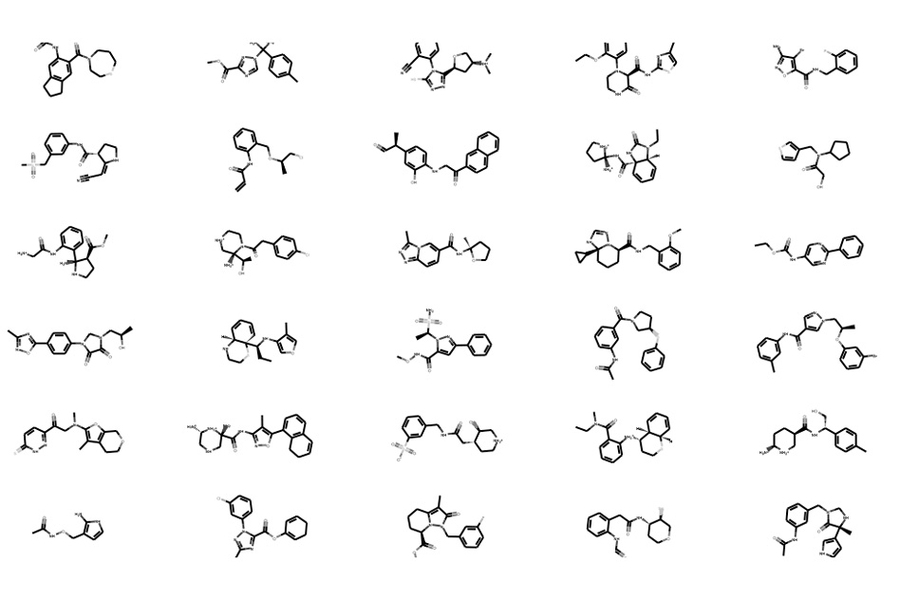The Art and Science of Designing Molecules: Crafting a Molecular Symphony
Introduction:
Designing molecules is a captivating and intricate endeavor that lies at the heart of chemistry, pharmaceutical research, and materials science. It entails the artful combination of creativity, scientific principles, and computational techniques to engineer new compounds with desired properties. This article explores the fascinating world of molecule design, where scientists orchestrate atoms to compose intricate molecular symphonies.

image: https://news.mit.edu/2018/automating-molecule-design-speed-drug-development-0706
Understanding Structure-Property Relationships:
At the core of molecule design is the understanding of structure-property relationships. By comprehending how the arrangement of atoms influences a molecule’s behavior and properties, chemists can purposefully manipulate these structures to achieve desired characteristics. Factors such as molecular shape, electronic configuration, and intermolecular interactions play crucial roles in determining a molecule’s properties, such as stability, reactivity, and solubility.
image: https://msestudent.com/what-is-materials-science-tetrahedron-paradigm/
Computer-Aided Design:
Advancements in computational chemistry have revolutionized the field of molecule design. Computer-aided design tools, such as molecular modeling and simulations, enable scientists to predict and visualize the behavior of molecules before they are synthesized. These tools allow researchers to explore vast chemical spaces, analyze molecular interactions, and optimize structures for specific applications, ultimately accelerating the discovery process.
Rational Design and De Novo Design:
Molecule design approaches can be broadly categorized into two main strategies: rational design and de novo design. Rational design involves modifying existing molecules based on known principles and experimental data to enhance desired properties. De novo design, on the other hand, involves constructing entirely new molecules from scratch using computational algorithms and predictive models. Both approaches leverage the principles of chemical bonding, molecular energetics, and thermodynamics to guide the design process.

image:https://pubs.acs.org/doi/10.1021/jacs.0c10136
Multi-Objective Optimization:
Designing molecules often involves navigating a complex landscape of multiple objectives. Scientists seek to balance competing factors such as stability, potency, selectivity, and bioavailability. Multi-objective optimization algorithms help researchers find the optimal compromise between these conflicting objectives, leading to the discovery of novel compounds with enhanced performance and reduced side effects.
Nature as an Inspiring Blueprint:
Nature provides a rich source of inspiration for molecule design. Biomimicry, the practice of emulating biological systems and processes, has yielded remarkable breakthroughs. By studying the molecular architecture of natural compounds and their interactions within living organisms, scientists can design synthetic analogs with improved properties. From medicinal compounds inspired by natural products to materials mimicking the structure of seashells, nature serves as a valuable guide in the quest for innovative molecules.
 image:https://eusa.org/exhibition/natures-blueprints/
image:https://eusa.org/exhibition/natures-blueprints/